
You might be asking yourself: “Why?” Which is probably something we should have done too.
What a cold snowy winter it has been, but as any Japanese person is quick to tell you, there are four seasons here. What they often leave out, however, is that all of them kind of suck. While the drizzling gloomy winter gives way to the warmth and sunshine of spring, so too does it usher in an army of pollen to assail the senses of hay fever sufferers.
With burning, itchy eyes and a nose running a babbling brook of misery, these allergy sufferers desperately search for any way to ease their suffering until the blistering heat of summer comes to their rescue.
Of course this is only a problem for about 40-percent of the population, of which our young reporter P.K. Sanjun is a part. For him March came in like a lion of microscopic spiky spheres causing him to make some bold fashion choices.
Meanwhile his two older colleagues Mr. Sato and Go Hattori had no such affliction and were free to enjoy the warmth and beauty of spring. He hated them for that….
And as often is the case, hatred had bred the inspiration for science! P.K. postulated that the world wasn’t merely composed of people with or without hay fever. Everyone had the potential to have an allergic reaction to pollen, and it was just a matter of finding their breaking point.
To determine if this was true, P.K. ordered two jars of pollen from the internet, one filled with the power of the Japanese sugi pine and the other with hinoki cypress. These are the two most common hay fever triggering plants in the country. Sure, he could have just asked a medical expert in the field, but how would Mr. Sato and Go suffer that way?
Since they were intended for research purposes, each jar was quite pricey with the sugi costing 10,000 yen (US$88) and the hinoki coming in at 30,000 yen ($263). Still, you can’t put a price on science… or torture for that matter.
▼ (Left) Sugi pollen: 10,000 yen, (right) Hinoki pollen: 30,000 yen
P.K. asked Mr. Sato and Go to participate in his “study” by applying a layer of pollen to each of their faces and waiting to see if they exhibited any sort of allergic reaction. He dumped a portion of each into a frying pan and began dabbing it onto his co-workers’ eyes and noses with a make-up sponge.
While maintaining his best “scientist” face, P.K. inwardly giggled and cheered on his pile of irritating grains.
However, Mr. Sato and Go both stood there unfazed. They said it just felt like he was smearing flour on their face, and didn’t feel anything remotely uncomfortable. P.K. stared at them blankly and said, “I see, interesting.” Inside, however, he was fuming that these two supermen had such a resistance to pollen.
“We’ll need some further testing…” he uttered and began to apply even more pollen to each of their faces.
In the end each man looked like an actor from the silent era with about a millimeter-thick layer of pollen on their eyes and noses. Still, they didn’t feel the slightest bit itchy or ill in anyway.
“What the hell,” thought P.K. “I spent 40,000 yen on this stuff and it doesn’t even work?!” Beginning to think he got a bum batch of pollen, P.K. began slathering it on his own face.
As his eyes swelled and turned a dark crimson, and a clear viscous liquid began to seep out his nose, he realized that he did not get ripped off after all.
And so P.K. learned a valuable lesson from this: mother nature is a cruel hag that has cursed him with this aversion to pollen while others are free to breathe the fresh air of spring. He also learned that science hurts and is best left to professionals rather than used as a weapon against his peers.
Looks like it’s back to the office USB Pollen Blocker for him.
Photos: ©RocketNews24
[ Read in Japanese ]

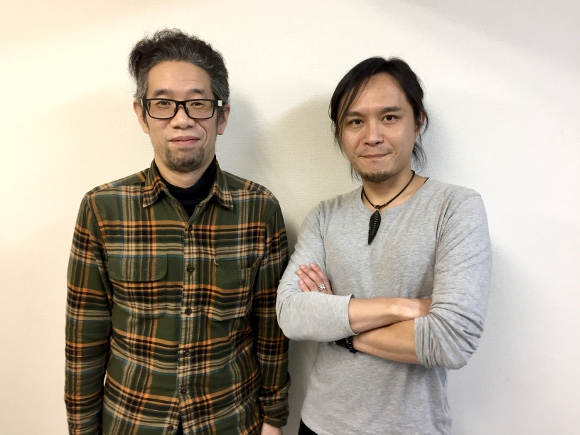
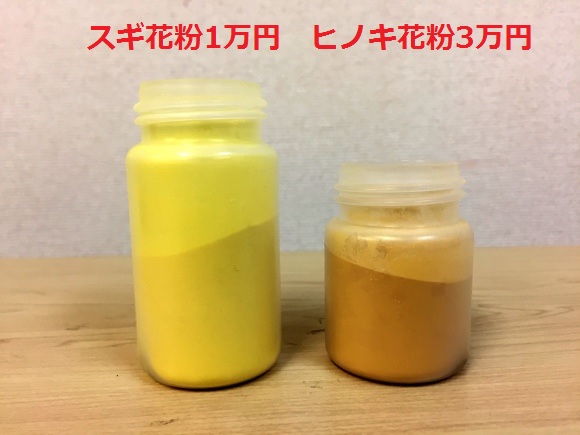
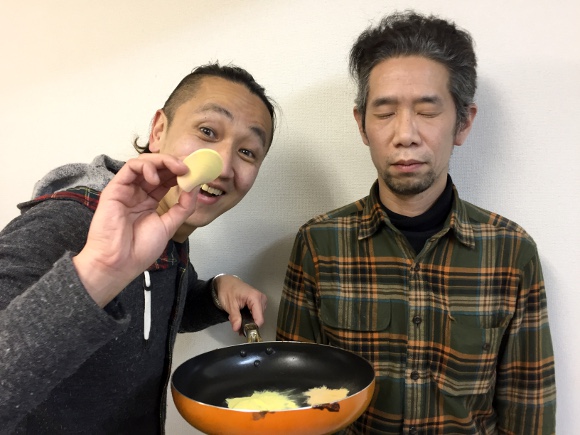
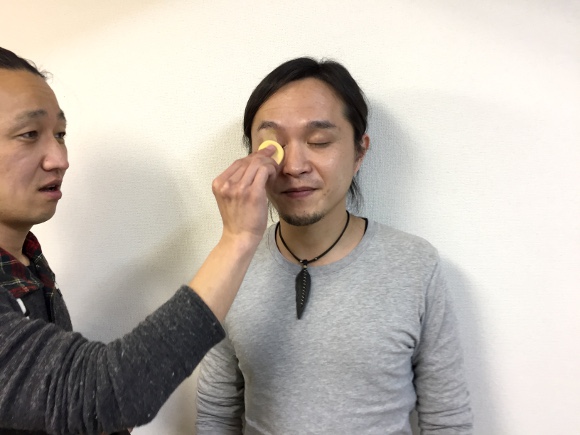
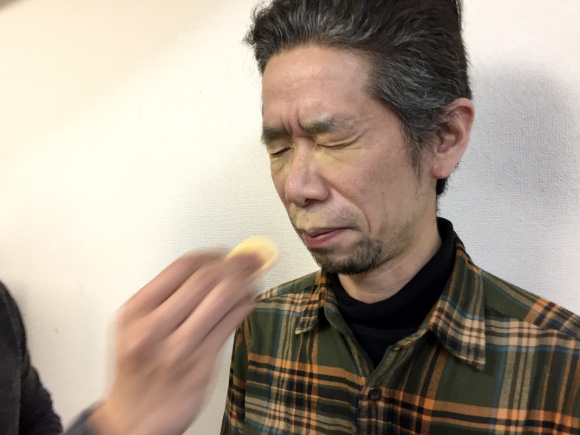
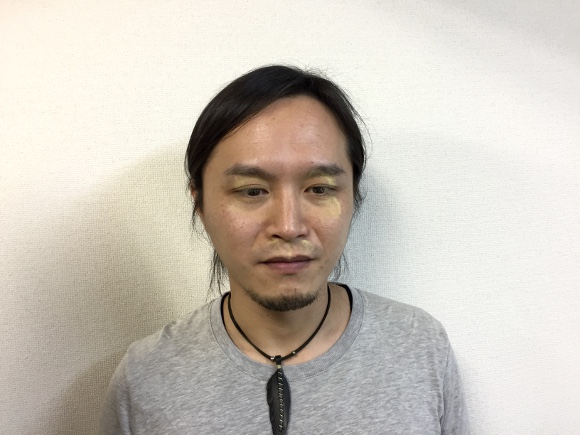
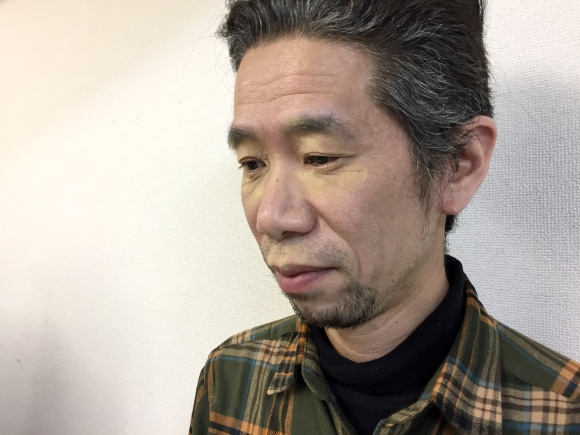
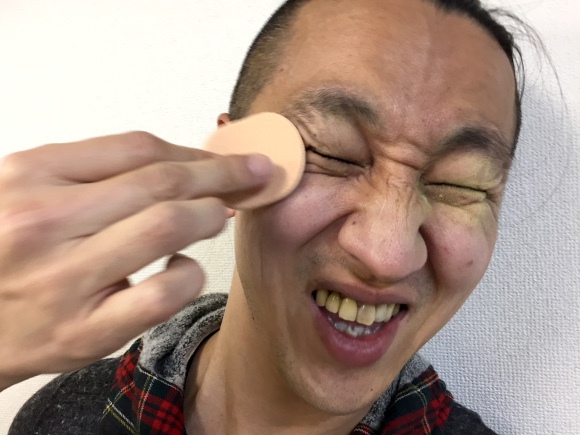
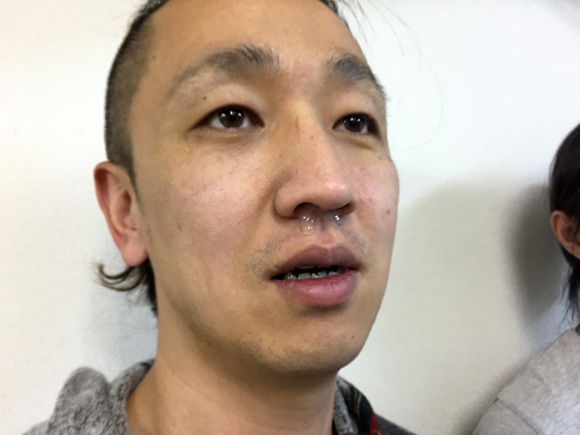
 High pollen levels in Eastern Japan create pretty rainbow suns
High pollen levels in Eastern Japan create pretty rainbow suns Osaka doctor wins Ig Nobel Prize for discovering kisses can reduce allergic reactions
Osaka doctor wins Ig Nobel Prize for discovering kisses can reduce allergic reactions Fruit drink expired for 21 years delivers a literal fruit punch to our staff【RocketScience】
Fruit drink expired for 21 years delivers a literal fruit punch to our staff【RocketScience】 The future is now with full face sunglasses
The future is now with full face sunglasses We spotted an umbrella thief in the act on the streets of Tokyo, and it left us feeling strange
We spotted an umbrella thief in the act on the streets of Tokyo, and it left us feeling strange Disillusionment at Tsukiji’s tourist-target prices led us to a great ramen restaurant in Tokyo
Disillusionment at Tsukiji’s tourist-target prices led us to a great ramen restaurant in Tokyo A Japanese dating app matched our bachelorette with a Buddhist monk, and she learned some things
A Japanese dating app matched our bachelorette with a Buddhist monk, and she learned some things Starbucks Japan releases new zodiac chilled cup drink for 2026
Starbucks Japan releases new zodiac chilled cup drink for 2026 Ultra-premium matcha, koji rice mold star in Starbucks Japanese New Year’s Frappuccino and drinks
Ultra-premium matcha, koji rice mold star in Starbucks Japanese New Year’s Frappuccino and drinks This Kyoto landmark is offering a stunning new service!
This Kyoto landmark is offering a stunning new service! Site of Japan’s most famous samurai murder is now a Kyoto karaoke joint
Site of Japan’s most famous samurai murder is now a Kyoto karaoke joint Panties to wear on your head as hair accessories on offer from Japanese fashion brand【Photos】
Panties to wear on your head as hair accessories on offer from Japanese fashion brand【Photos】 I had no idea you could win crane game prizes in Japan the way my friend won this Dragon Quest Slime
I had no idea you could win crane game prizes in Japan the way my friend won this Dragon Quest Slime New Jimmy Choo x Sailor Moon collaboration brings anime magic to bags, shoes and accessories
New Jimmy Choo x Sailor Moon collaboration brings anime magic to bags, shoes and accessories Japanese Cabinet to officially announce new romanization spelling recommendation next week
Japanese Cabinet to officially announce new romanization spelling recommendation next week 7-Eleven Japan starts new temporary luggage storage service in over 300 branches
7-Eleven Japan starts new temporary luggage storage service in over 300 branches Starbucks teams up with 166-year-old Kyoto doll maker for Year of the Horse decorations【Photos】
Starbucks teams up with 166-year-old Kyoto doll maker for Year of the Horse decorations【Photos】 Tokyo’s Tsukiji sushi neighborhood asks tour groups to stay away for the rest of the month
Tokyo’s Tsukiji sushi neighborhood asks tour groups to stay away for the rest of the month Street Fighter Hadouken Churros to be launched and eaten in Tokyo, Okami pudding on offer too
Street Fighter Hadouken Churros to be launched and eaten in Tokyo, Okami pudding on offer too Japanese avoiding domestic travel as foreign tourists increase, possibly creating vicious cycle
Japanese avoiding domestic travel as foreign tourists increase, possibly creating vicious cycle Japanese woman mistaken for bear
Japanese woman mistaken for bear Return of Totoro sequel short anime announced for Ghibli Park
Return of Totoro sequel short anime announced for Ghibli Park Is this the most relaxing Starbucks in Japan?
Is this the most relaxing Starbucks in Japan? Starbucks on a Shinkansen bullet train platform: 6 tips for using the automated store in Japan
Starbucks on a Shinkansen bullet train platform: 6 tips for using the automated store in Japan More Shinkansen trains being added to Japan’s “golden route” to meet traveler demand
More Shinkansen trains being added to Japan’s “golden route” to meet traveler demand Japan’s human washing machines will go on sale to general public, demos to be held in Tokyo
Japan’s human washing machines will go on sale to general public, demos to be held in Tokyo Starbucks Japan unveils new Christmas goods and a rhinestone tumbler that costs 19,500 yen
Starbucks Japan unveils new Christmas goods and a rhinestone tumbler that costs 19,500 yen Japanese train company is letting fans buy its actual ticket gates for their homes
Japanese train company is letting fans buy its actual ticket gates for their homes Is China’s don’t-go-to-Japan warning affecting tourist crowds in Tokyo’s Asakusa neighborhood?
Is China’s don’t-go-to-Japan warning affecting tourist crowds in Tokyo’s Asakusa neighborhood? The 10 best day trips from downtown Tokyo【Survey】
The 10 best day trips from downtown Tokyo【Survey】 Tokyo considering law requiring more trash cans following litter increase in heavily touristed area
Tokyo considering law requiring more trash cans following litter increase in heavily touristed area Nintendo’s Kirby now delivering orders at Kura Sushi restaurants, but not in Japan
Nintendo’s Kirby now delivering orders at Kura Sushi restaurants, but not in Japan Survey asks foreign tourists what bothered them in Japan, more than half gave same answer
Survey asks foreign tourists what bothered them in Japan, more than half gave same answer Japan’s deadliest food claims more victims, but why do people keep eating it for New Year’s?
Japan’s deadliest food claims more victims, but why do people keep eating it for New Year’s? We deeply regret going into this tunnel on our walk in the mountains of Japan
We deeply regret going into this tunnel on our walk in the mountains of Japan Studio Ghibli releases Kodama forest spirits from Princess Mononoke to light up your home
Studio Ghibli releases Kodama forest spirits from Princess Mononoke to light up your home Major Japanese hotel chain says reservations via overseas booking sites may not be valid
Major Japanese hotel chain says reservations via overseas booking sites may not be valid Put sesame oil in your coffee? Japanese maker says it’s the best way to start your day【Taste test】
Put sesame oil in your coffee? Japanese maker says it’s the best way to start your day【Taste test】 The top 10 annoying foreign tourist behaviors on trains, as chosen by Japanese people【Survey】
The top 10 annoying foreign tourist behaviors on trains, as chosen by Japanese people【Survey】 No more using real katana for tourism activities, Japan’s National Police Agency says
No more using real katana for tourism activities, Japan’s National Police Agency says Starbucks Japan reveals new sakura drinkware collection, inspired by evening cherry blossoms
Starbucks Japan reveals new sakura drinkware collection, inspired by evening cherry blossoms Edible culture shock: Our Japanese reporter tries American barbecue for first time【Taste test】
Edible culture shock: Our Japanese reporter tries American barbecue for first time【Taste test】 Our Japanese-born reporter gets some culture shock at Mexico City’s most popular sushi chain
Our Japanese-born reporter gets some culture shock at Mexico City’s most popular sushi chain Our reporter tries nuikatsu for the first time, but is he too old for this otaku lifestyle hobby?
Our reporter tries nuikatsu for the first time, but is he too old for this otaku lifestyle hobby? We try carving a Halloween pumpkin… to eat【SoraKitchen】
We try carving a Halloween pumpkin… to eat【SoraKitchen】 Does McDonald’s ketchup make a good lipstick substitute? We put the rumors to the test!
Does McDonald’s ketchup make a good lipstick substitute? We put the rumors to the test! Can a bout of Nipple Sumo soothe workplace tensions between office bros? We investigate
Can a bout of Nipple Sumo soothe workplace tensions between office bros? We investigate We try five menu recommendations from a clerk at CoCo Ichibanya and almost fall in love
We try five menu recommendations from a clerk at CoCo Ichibanya and almost fall in love We arrive at Pokémon GO Fest 2019 Chicago to up our game, scout out shinies
We arrive at Pokémon GO Fest 2019 Chicago to up our game, scout out shinies Our Japanese-born reporter tries California-grown rice, gets his mind blown【Taste test】
Our Japanese-born reporter tries California-grown rice, gets his mind blown【Taste test】 We tried a special savory green tea and rice-flavored cream puff available for only one day
We tried a special savory green tea and rice-flavored cream puff available for only one day Korakuen’s Chocolate Ramen returns to restaurants, wins over our most cynical taste tester
Korakuen’s Chocolate Ramen returns to restaurants, wins over our most cynical taste tester We challenged ourselves to consume $886 worth of conveyor belt sushi
We challenged ourselves to consume $886 worth of conveyor belt sushi We ate all eight kinds of cold noodles from 7-Eleven and here’s our favourites【Taste test】
We ate all eight kinds of cold noodles from 7-Eleven and here’s our favourites【Taste test】 Sriracha vending machines rising in Japan, our reporter tries it for first time (with Cup Noodle)
Sriracha vending machines rising in Japan, our reporter tries it for first time (with Cup Noodle) We try out “Chan Ramen”, an underground type of ramen popular in the ramen community
We try out “Chan Ramen”, an underground type of ramen popular in the ramen community Michelin award noodle chain TamJai SamGor comes to Tokyo, we try 3 of their most popular dishes
Michelin award noodle chain TamJai SamGor comes to Tokyo, we try 3 of their most popular dishes
Leave a Reply